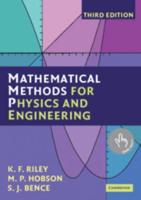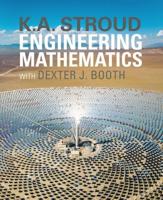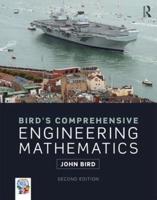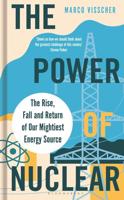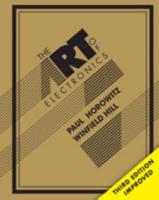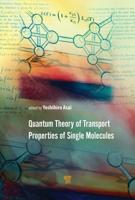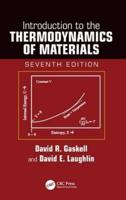Publisher's Synopsis
"Technician Mathematics 3" is the third in a series which deal simply and carefully with the fundamental mathematics essential in the development of technicians and engineers.;The material for this second edition of this textbook has been updated and expanded to cover (together with "Technician Mathematics 2") the main areas of the Business and Technology Educational Council's "Mathematics for Engineering module for National Certificate and Diploma courses likely to be studied in a "Mathematics" lesson.;This book also fully covers the BTEC unit (4684B) which was prepared in collaboration with the Engineering Council, the Council for National Academic Awards and the Standing Conference on University Entrance. The unit corresponds with the mathematics module envisaged in the Engineering Council's Standards and Routes to Registration (SARTOR) document.;First year undergraduates who need some remedial mathematics will also find that this book meets their needs.;The definition and solution of engineering problems relies on the ability to represent systems and their behaviour in mathematical terms, which in turn, depends on the use of various mathematical tools. This textbook deals with some of those mathematical skills and concepts relevant to effective performance in engineering employment at technician level.;The aim of this book is to model simple engineering systems, to generate numerical values for system parameters, to manipulate data to determine system response in defined conditions, to evaluate the effects on systems of changes in variables and to communicate ideas mathematically.;Each topic considered in the text is presented in a way that assumes in the reader only the knowledge attained in "Technician Mathematics 2". This practical mathematics book contains nearly 400 worked problems, followed by some 1400 further problems with answers. Although specifically written for the latter stages of BTEC National Certificate and Diploma Mathematics and for Engineering Access courses at Universities, the book will also be suitable for NVQ and GNVQ studies and for students studying A level Mathematics.

